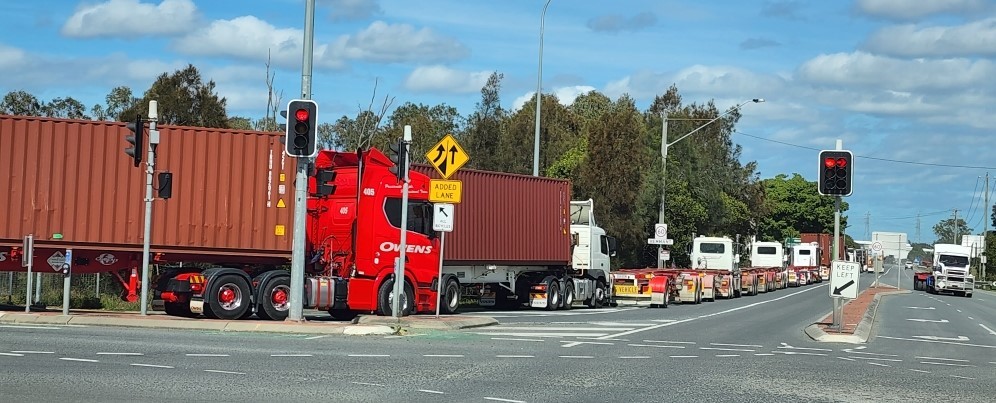The scourge of empty container congestion most often experienced in Australia’s largest container ports, Melbourne & Sydney, has moved north and is significantly hampering landside container logistics operations in the Port of Brisbane.
The level of congestion causes additional costs for transport operators, who must stage more empties back through their yards, double handle boxes, store them longer in-yard, and spend longer administering the de-hire and export pick up processes.
If these added costs are passed on by transport operators to their forwarder and importer/exporter clients, then this simply makes imported goods more expensive for the end consumer and exported commodities less competitive in international markets unless the exporter absorbs the added costs.
The real danger exists too that the delays will lead to some import containers not being de-hired in the container detention “free time” allocated by the shipping lines. This causes fractious arguments between importers, their transport providers and shipping lines about who is responsible for container detention fees.
It doesn’t help if some parties in the chain, including shipping lines, think that there are no issues with the current capacity levels and empty container management processes, and don’t acknowledge that they have their part to play in solving the problems.
CTAA is calling on the Queensland Government and the Port of Brisbane to investigate the development of landside container logistics performance indicators similar to those developed in other States, and to work with industry on initiatives to improve the empty container management chain associated with the Port of Brisbane.
Source: CTAA
Kerry Oceania being a member and supporter of the CTAA, we believe their voice is critical in assisting with these growing challenges. We are grateful for their efforts and support for Freight Forwarders in Australia.

